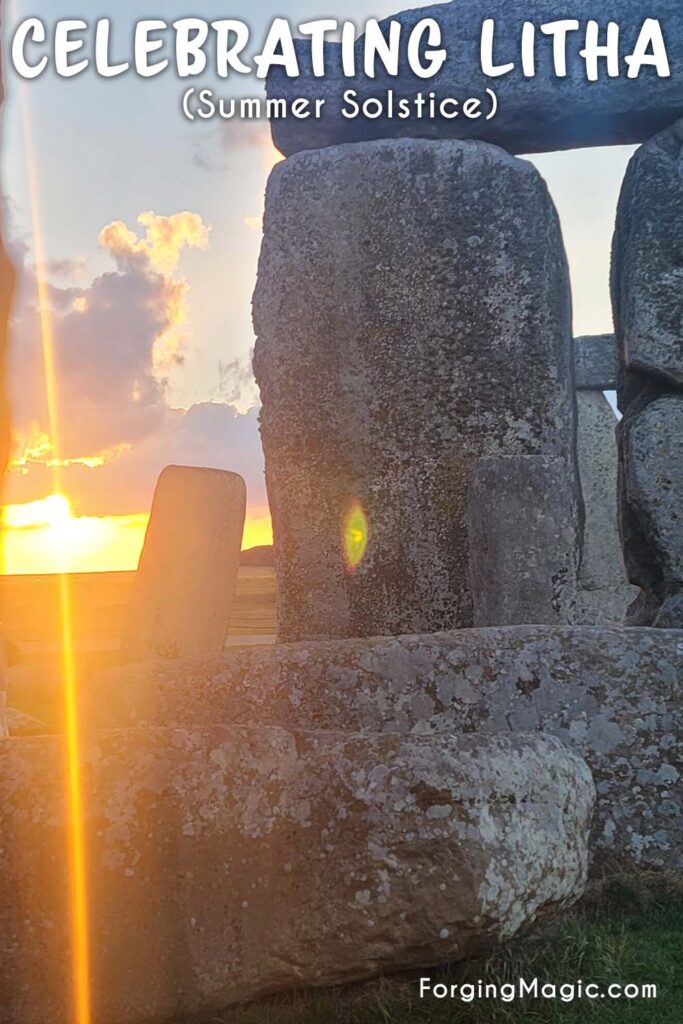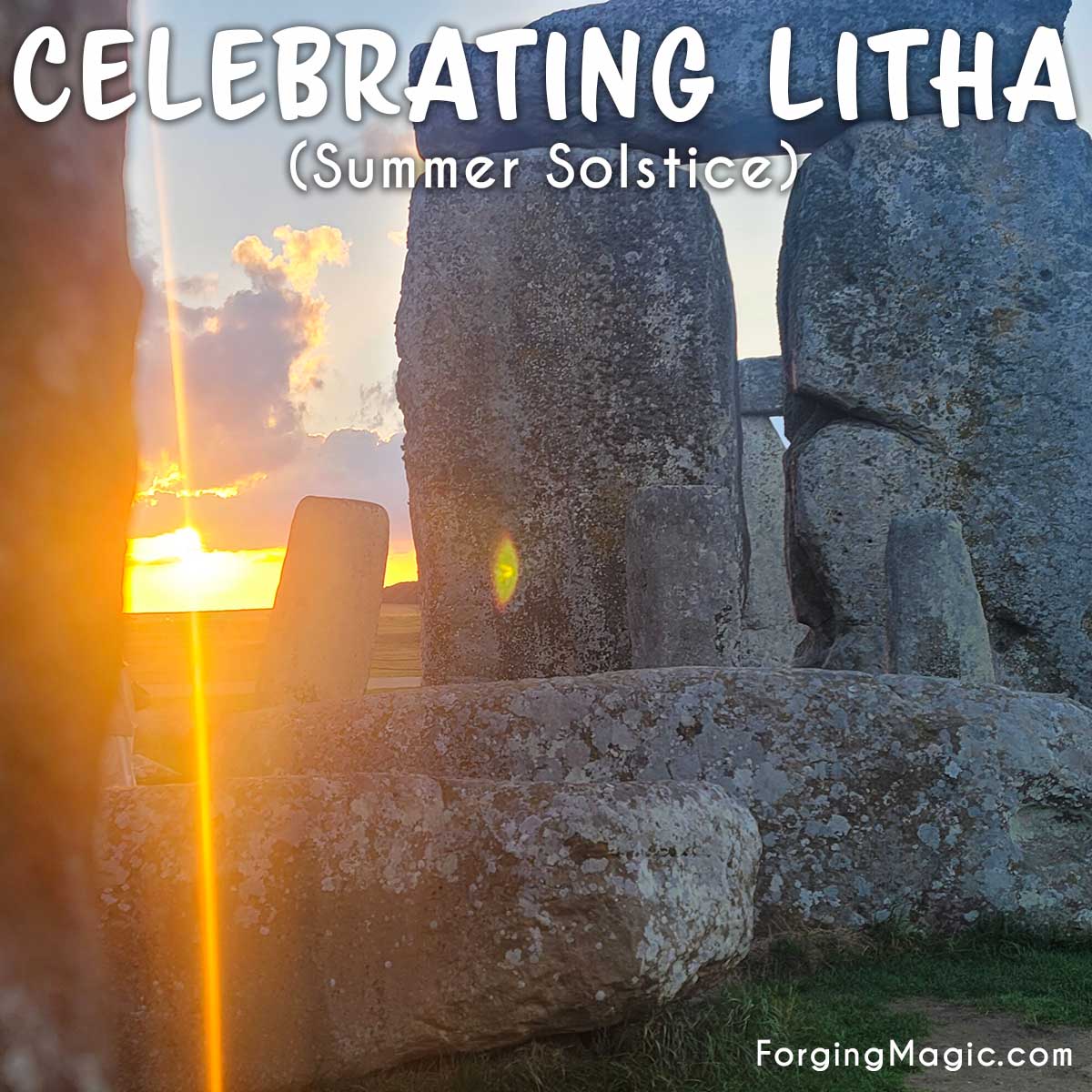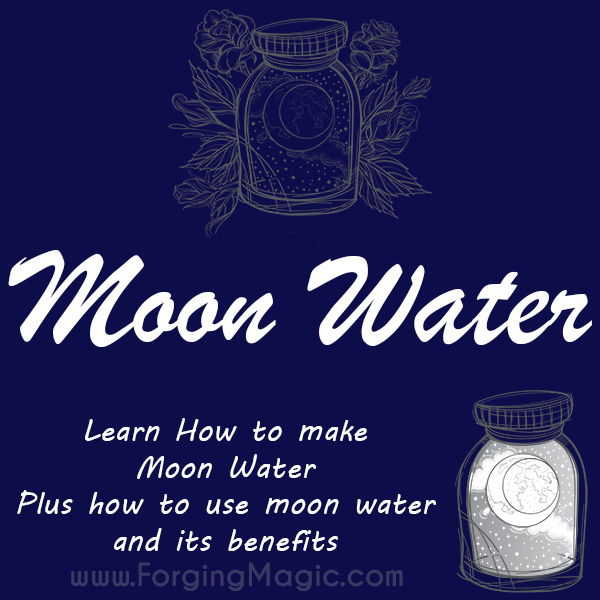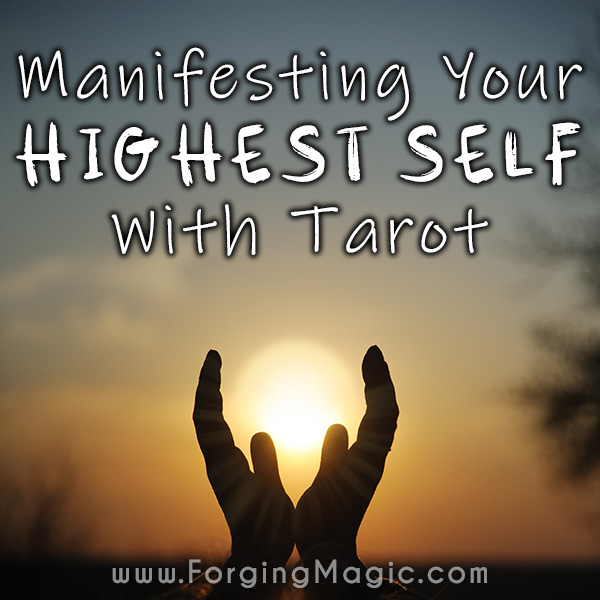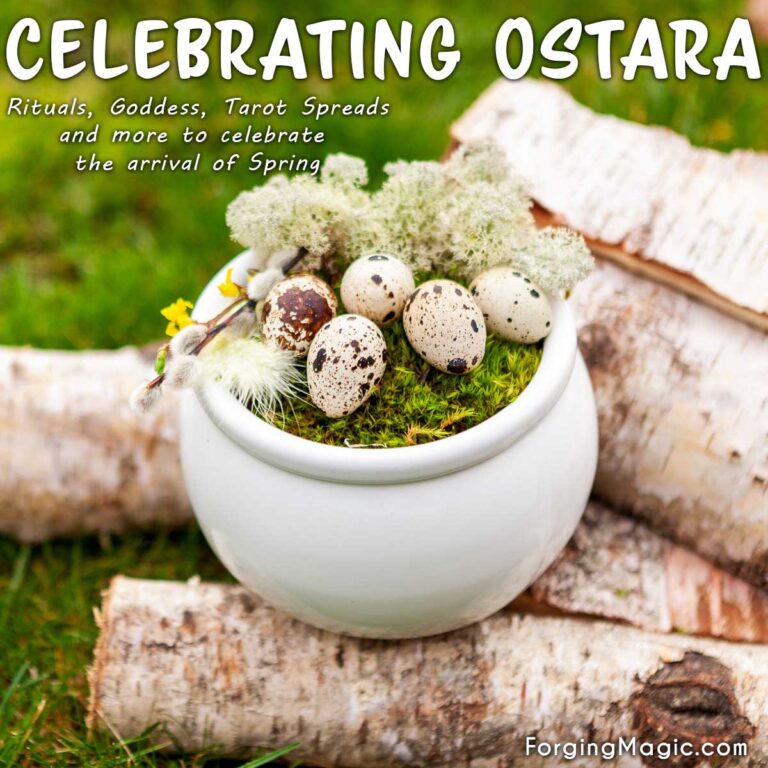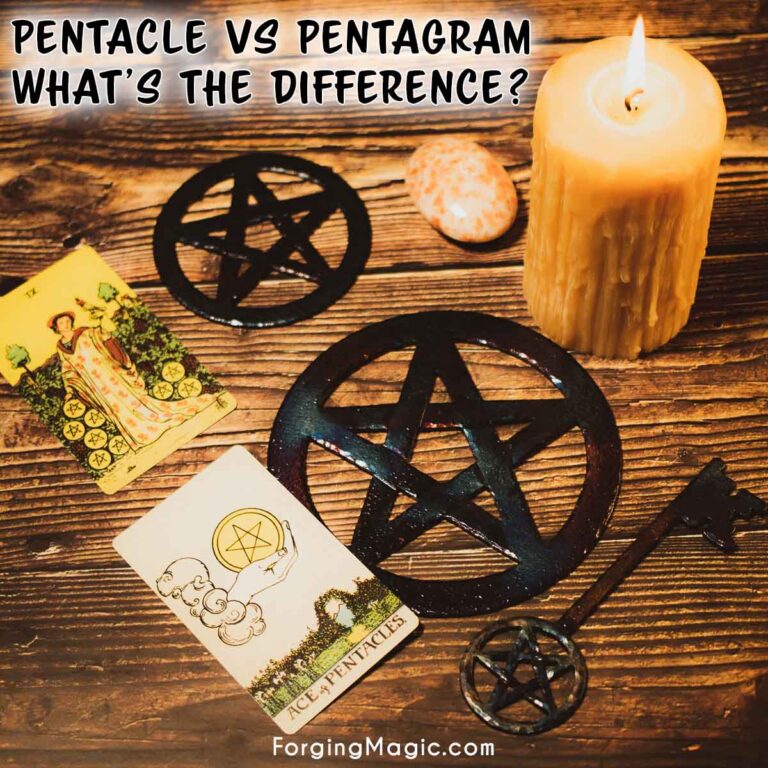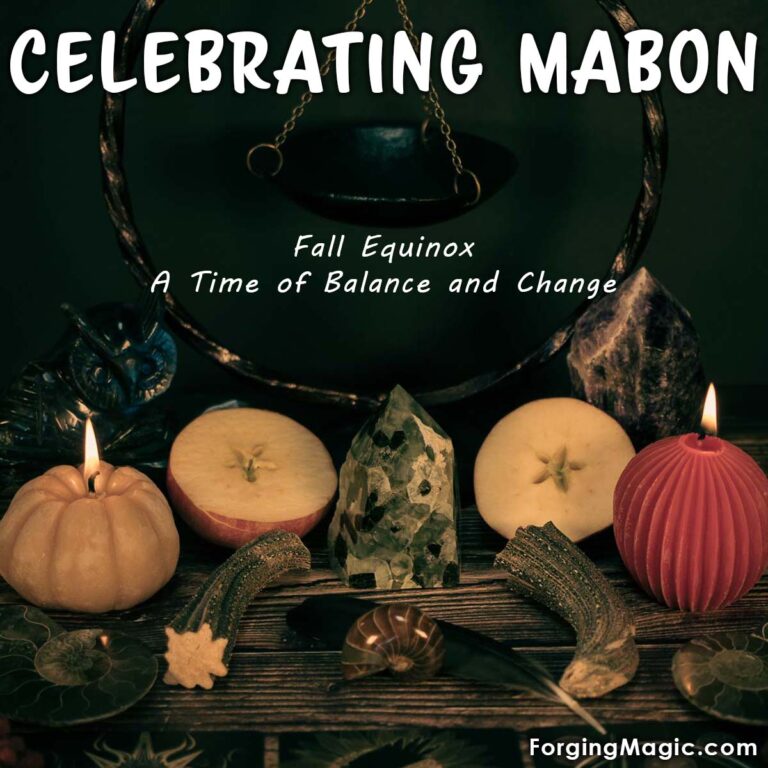Celebrating Litha (Summer Solstice)
The days are long and warm, the sun is shining, the flowers are blooming, and first harvests are coming in. This beautiful time of year is marked by a key turning point in the Wheel of the Year known as Summer Solstice or Litha. An ancient time of celebration that has ties to astronomy, the sun, harvest and fire, this popular holiday is a wonderful time to connect with our community and nature. Read on to learn more about Litha, its associations, rituals, ceremonies, and more.
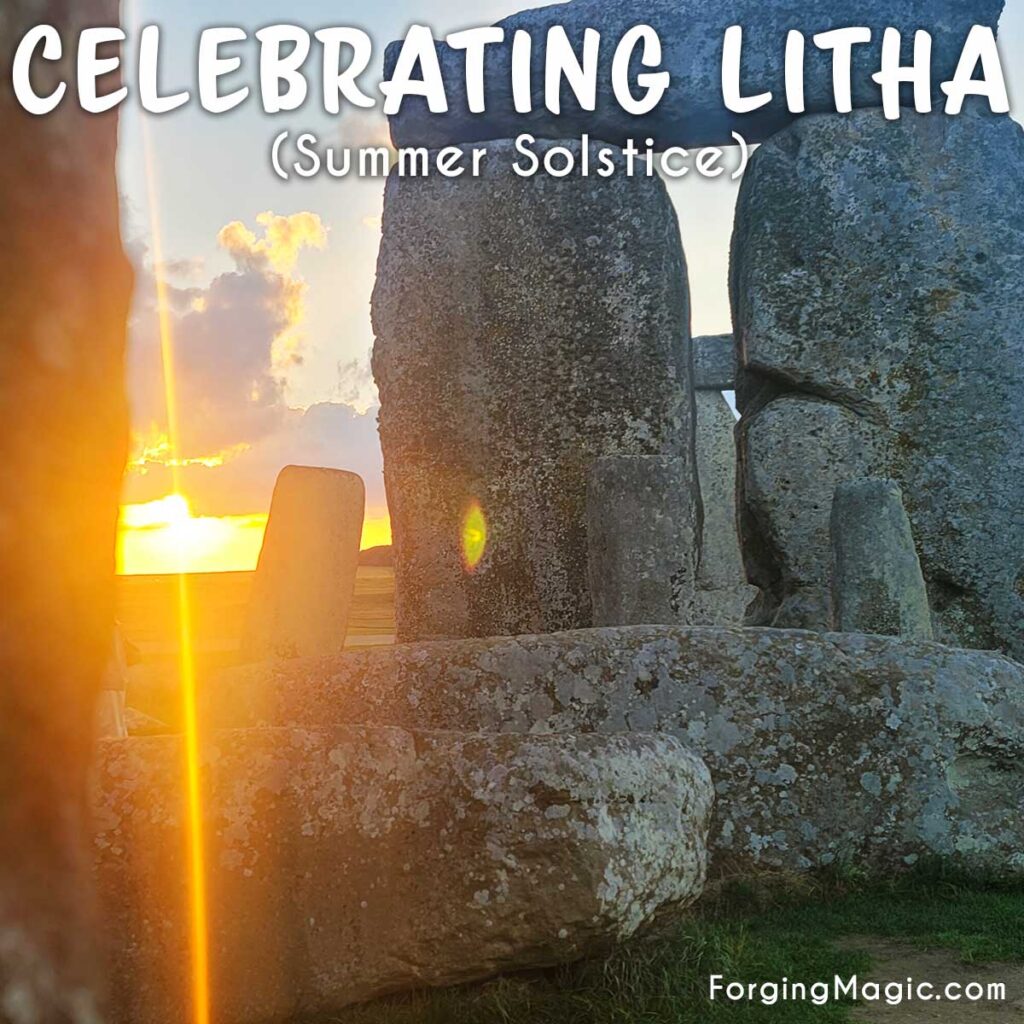
Disclaimer: This article may contain commission or affiliate links. As an Amazon Associate I earn from qualifying purchases.
What is Litha?
Litha, also known as Midsummer or the Summer Solstice, is a holiday marking the longest day (and shortest night) of the year. As an ancient celebration of the sun it has been a time of celebration for many cultures and societies around the world. The history of this sabbat is long and fascinating, and it continues to be a popular celebration.
For word geeks like me, the word solstice itself comes from the Latin, from sol (sun) and stare or sistere (to stand or stop).
Personally, I feel Litha is such a huge turning point in my year, as it marks a time when nature is at its most welcoming (sorry, but this girl does not like outdoor rituals in Canadian winters!) and I can spend my time outside healing and celebrating.
When is Litha?
Litha is celebrated on the Summer Solstice between June 20th and 22nd in the Northern Hemisphere and between December 19 and 23rd in the Southern Hemisphere.
In 2023 it falls on June 21, 2023 in the Northern Hemisphere, and for the Southern Hemisphere will occur on Dec. 22, 2023.
The Summer Solstice is a minor sabbat for Pagans that falls between Beltane in May and Lughnasadh/Lammas in August on the Wheel of the Year.
Midsummer Celebration Themes
Let’s explore some of the main themes of Summer Solstice celebrations. This is a great way to explore how you want to celebrate.
Celebration of the Sun
Litha marks the longest day and shortest night of the year in the Northern Hemisphere, and it symbolizes the peak of the sun’s power and abundance. This is a time to honor and celebrate the sun’s energy and life-giving qualities.
Connection to Nature
I mentioned earlier that this sabbat is one I love to celebrate by getting out into nature to foster a deep connection with the natural world. Litha represents the height of the summer season, when nature is in full bloom, and the earth is teeming with life. It is a time to connect with the cycles of nature, to appreciate the beauty and abundance of the natural world, and to recognize our own place within it.
Harvest and Abundance
After a busy spring of planting, the solstice is time for the first harvest, as crops begin to ripen in the fields. It is a time of abundance, when the fruits of the earth are juicy and fresh. The perfect time for gathering and sharing fresh produce, creating flower crowns, and decorating homes and altars with vibrant summer flowers and fragrant herbs.
The Waxing and Waning of Light and Dark
Litha is always on the day when the sun reaches its peak, before gradually waning. Summer Solstice is the longest day of the year, and in some parts of the world, the sun does not set at all. Where I live, we get about 4 hours of dark on the solstice. However, after Litha the days start to shorten and the nights begin to lengthen. Many celebrations focus on acknowledging that darkness and light are necessary and interconnected, creating a balance that flexes and changes, just as we must flex and change over time if we are to grow.
Rituals and Magic
Litha is a time for rituals and magical workings focused on growth, abundance, and protection. It is believed that the veil between the physical and spiritual realms is thin during this time, making it an opportune moment for spellwork, divination, and connecting with spiritual energies.
The History of Summer Solstice
The Summer Solstice, has a rich, long and fascinating history. There is evidence of it being celebrated for thousands of years by various cultures.
In ancient times, people recognized the solstice as a turning point in the seasonal cycle and a significant event in the agricultural calendar. Many cultures held festivities to honor the sun, fertility, and the abundance of the earth.
In Europe, the Summer Solstice was widely celebrated by Celtic, Germanic, and Scandinavian peoples. The Celts observed the festival of Midsummer, also known as Alban Hefin or Light of the Shore, honoring the sun and the power of nature and the Celctic goddess Danu (Anu) who represents earth and fruitfulness. This was one of four Solar Festivals that marked the seasons. Bonfires (aka Balefires) were lit to celebrate the sun’s energy and to provide protection against malevolent spirits. People would also gather herbs and flowers believed to possess magical properties on this day.
For more on Celtic mysticism, folklore and traditions I highly recommend Celtic Mysticism – Your Personal Guide to Celtic and Druid Tradition by Tracie Long. So good!
The Oak King and Summer Solstice
For Witches, Wiccans and Pagans, the Wheel of the Year is representative of a battle between light and dark. During each Solstice Pagan folklore tells us that the Oak King and the Holly King battle for power and the balance between light and dark shifts. The Oak King rules from the Yule (Winter Solstice) to Litha (Summer Solstice). During his rule, the days get longer until the battle at Litha. During this battle the Holly King wins and the balance starts to shift back into darkness. With that, the days get steadily darker until Yule. When they battle again, and we shift back towards light. And so the wheel turns in a beautiful cycle.
By honoring the Oak King during Litha, practitioners celebrate the abundance, vitality, and strength of the sun and light.
Ancient Monuments
One of the most famous ancient sites associated with the Summer Solstice is Stonehenge. I’ve been blessed to visit Stonehenge and walk among the stones twice in my lifetime. It is truly a magical, energy filled placed and I highly recommend going into the inner circle which is open to only a small handful of people at sun rise and sun set daily. However on the Solstice they open Stonehenge for worship and gathering.
During the solstice, the rising sun aligns with the Heel Stone and shines directly into the center of the stone circle. This alignment suggests that Stonehenge was built with the solstices in mind and that it served as a celestial observatory and sacred site for ancient people to mark the changing seasons. However, there is still some debate, as there is so much still unknown about the history of this monument.
Other ancient monuments linked to the Summer Solstice include:
- The Temple of Karnak, Luxor (formerly known as the Temple of Amun in Thebes),
- Pyramid of Chichen Itza, Mexico,
- Temple of the Sun at Machu Picchu, Peru,
- Mnajdra Temple, Malta
The connection between Litha and the alignment of sacred sites like Stonehenge and others highlights the deep reverence ancient cultures held for the sun’s movements and the cyclical nature of the seasons. It also underscores the significance of astronomical observations in their spiritual and cultural practices.
How to Celebrate Litha
There are so many ways you can celebrate Summer Solstice. This is a holiday of joy, sun and celebration. Bring that joy into whatever you plan for yourself, or with friends and family.
Bonfire Gathering
Organize a bonfire gathering with friends and family. Build a bonfire and gather around it to honor the sun’s energy. You can share stories, sing songs, dance, and enjoy the warmth and light of the fire. As part of your bonfire celebration you can do symbolic burnings. My children love to take all of their old schoolwork (the school year ends right around Summer Solstice conveniently), and burn it in a bonfire. Another idea is to do the ancient rite of Jumping the Bonfire.
Jumping the Bonfire
One popular activity for Summer Solstice celebrations is the tradition of jumping over bonfires. Doing this is believed to bring good luck, ward off evil spirits, and purify oneself. People would leap over the flames of the bonfire, allowing the fire’s transformative power to cleanse them of negativity and bring blessings for the coming year. This tradition reflects the joyful and celebratory nature of Litha, as people come together to connect with the elements, honor the sun, and invoke positive energy for the future.
Outdoor Meditation
Find a serene outdoor location, such as a park, forest, or garden. You can sit, stand, do a soothing yoga sequence such as sun salutation, or whatever works for you. The goal is to find peace and meditate, to connect with nature, feel the warmth of the sun, and connect with Mother Earth. Through your meditation offer gratitude for the abundance of the earth and set intentions for the coming season.
Sunrise or Sunset Observation
Wake up early to witness the sunrise or stay up late to observe the sunset on the day of the solstice. Find a scenic spot with a clear view of the horizon and take in the breathtaking colors and the shifting light. Reflect on the power and beauty of the sun.
Make Flower Crowns
Gather flowers, leaves, and other natural materials to create beautiful flower crowns. Adorn yourself or your sacred space with these floral wreaths as a way to honor the vibrancy and fertility of the season.
Harvest Feast
Prepare a feast using fresh, seasonal ingredients and share it with loved ones. Herbs harvested on the solstice are believed to have magical properties and will make a powerful addition to your Litha feast. You can also include traditional Litha foods, like honey, mead, and bread made with summer herbs. I love a herby bread cooked from scratch, it is one of my favourite things to make!
Nature Walk or Picnic
Take a leisurely walk, or if you like the challenge do a hike, in nature. Pack a picnic and feast as you take in the sights, sounds, and scents of the natural world. Connect with the flora and fauna around you and appreciate the beauty of the summer season.
Litha Rituals
Whether you are a solitary practitioner or work with a coven, performing rituals and magical rites on the solstice can be a very powerful experience. Here are a few simple rituals for the sabbat.
Build a Litha Altar
As with all the sabbats, I love to build an altar that brings together the energies of the season and provides a focus for all of my celebrations and rituals. Include flowers, crystals, the Sun Tarot Card, herbs, candles and anything else that fills your heart with love for the season.
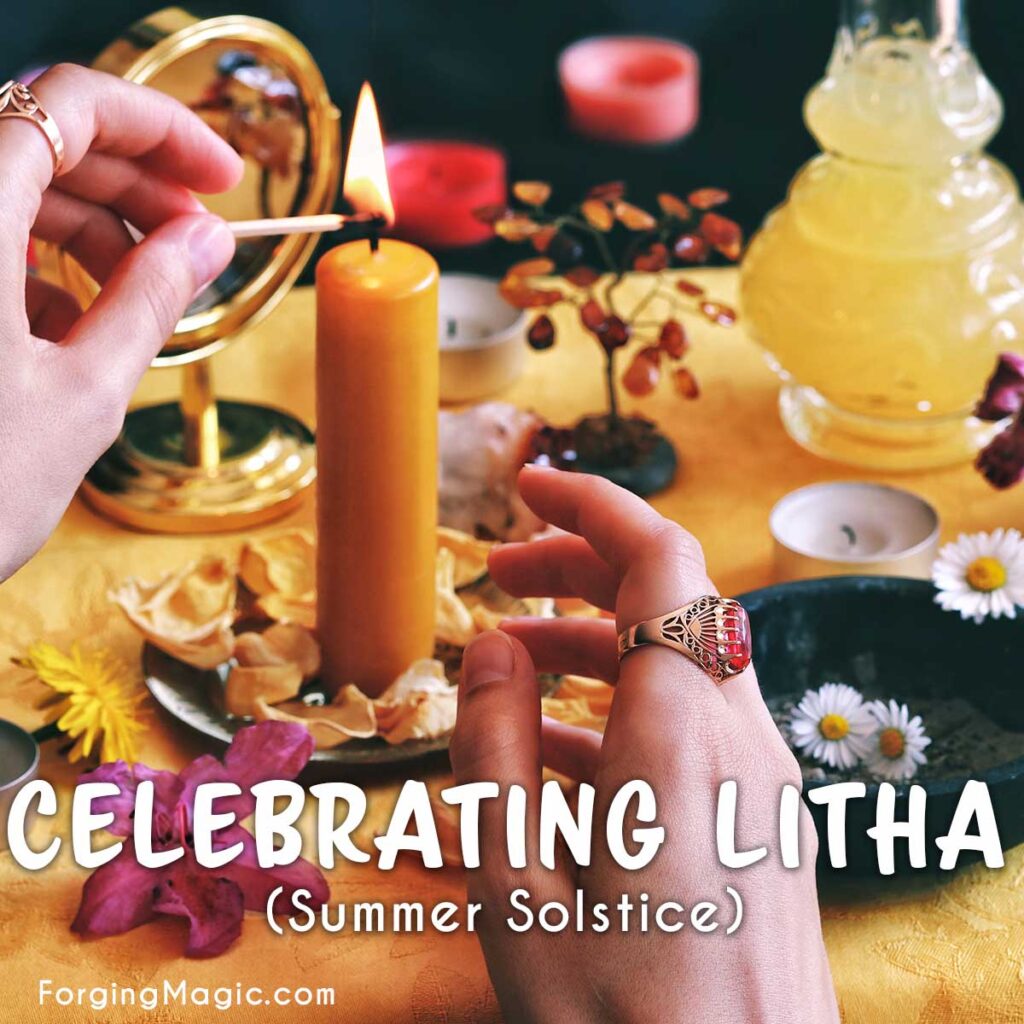
Water Blessing Ceremony
With the droughts and wildfires that have plagued my corner of the world, this ritual is such an important one as part of my practice. I am forever thankful for the rains and never take them for granted. Visit a natural body of water, such as a lake, river, or ocean, to perform a water blessing ceremony. Dip your hands or feet in the water and offer gratitude for its life-giving properties. Speak words of appreciation for the water’s cleansing and purifying abilities. You can also release small, biodegradable offerings into the water, symbolizing the release of what no longer serves you. If you feel comfortable, gather some water to use during the next full moon to make Moon Water.
Candle Magic Ritual
I love incorporating candle magic into all my magical work. Light candles in honor of the sun’s energy and to symbolize the light within you. Set your intentions for growth, abundance, and personal transformation. Meditate or engage in other spiritual practices in the presence of the candles. As the midpoint of the year, this is a wonderful opportunity to plan for and make your intentions and goals, for the rest of the year. Add in manifestation journaling to help solidify your intentions.
Solar Dance
Find an open space outdoors, preferably during the golden hours of sunrise or sunset, and create a dance or movement sequence that celebrates the energy of the sun. Move and sway your body in sync with the sun’s movements, allowing its radiant energy to flow through you. Consider inviting others to join in the dance to create a collective experience for your coven.
Mandala Creation or Crystal Gridding
Collect various stones or crystals that resonate with the energy of the summer season, such as citrine, carnelian, or sunstone. Working on a large piece, you can arrange them in a circular mandala pattern on the ground, representing the cyclical nature of the seasons. As you place each stone, visualize the qualities and blessings you wish to cultivate during the summer. Sit within the mandala and meditate, allowing the energy of the stones to amplify your intentions. Can’t find a large area to work outside? You can do a similar ritual with crystal gridding.
Fire Release Ritual
Write down any fears, worries, or negative patterns you wish to release on small pieces of paper. Build a fire or use a candle flame as a representation of the sun’s fire. One by one, burn the papers, offering them to the fire while stating your intention to let go of those burdens. As the papers turn to ash, visualize the release and transformation of those negative energies. I mentioned earlier, this is a powerful part of our summer solstice celebration each year as the kids participate and burn all of their school work from the year. They LOVE this ceremony and it is incredibly empowering for them!
Litha Symbolism
The Sun
As the beginning of summer it is not surprising that the most popular symbol of Litha is the sun. Weave representations of the sun throughout your ceremonies and rituals to celebrate this great life giver for our planet.
Flowers
Flowers are everywhere at this time of year and a powerful symbol of this season, representing life and vibrancy. The type of flowers will vary by region but could include: sunflowers, roses and daisies.
Herbs
There are many herbs associated with Litha, it is such a bountiful time of year with herbs growing easily and readily available. Some more common associations include: mugwort, vervain, chamomile, lily, oak, lavender, fern, thyme, daisy, and honeysuckle.
Colours
The colours of Litha represent the sun and gorgeous blue skies of summer.
- Gold (creativity, abundance, luck)
- Blue (peace, clarity, water)
- Red (passion, sexual energy, fire),
- Yellow (the sun, happiness, hope)
Crystals
I love incorporating special crystals into all of my festive altars or when doing special crystal gridding for the sabbat. For Litha I love to include a Carnelian flame, Citrine, and Sunstone to represent the sun and solar energies. Also, Green crystals such as Peridot and Emerald connect to the bountiful gifts from the Earth at this time of year. Finally, bring in some blue crystals such as Lapis Lazuli or Blue Celestite to represent the beautiful blue skies.
Bonfires
Bonfires or balefires as the Celts called them have a long association with Litha. If you are unable to have a bonfire, consider using candles to represent the powerful energy of fire.
Happy Summer Solstice! And many blessings for a wonderful Litha!
